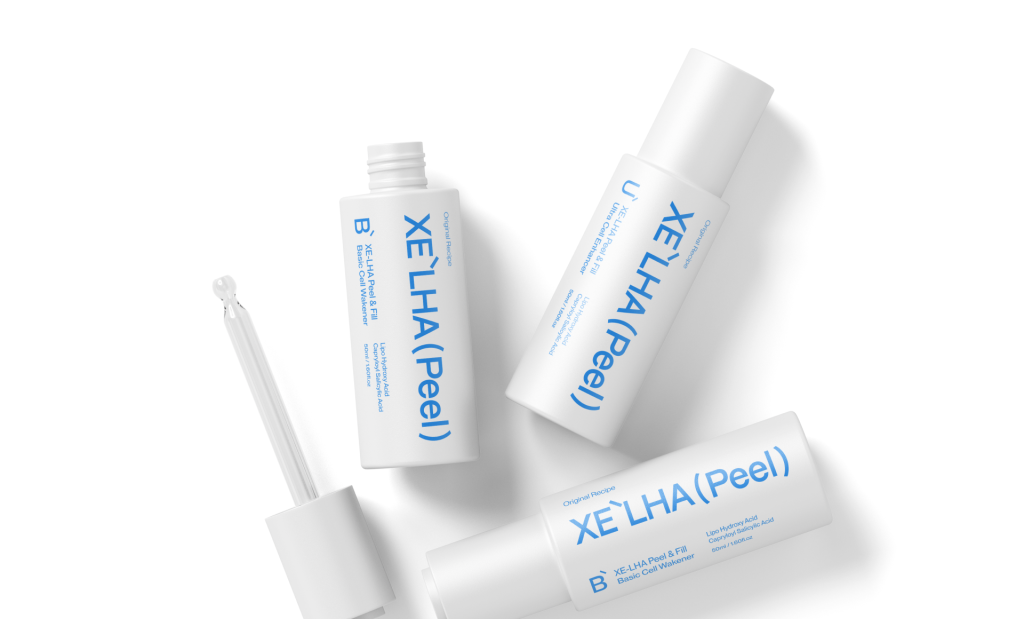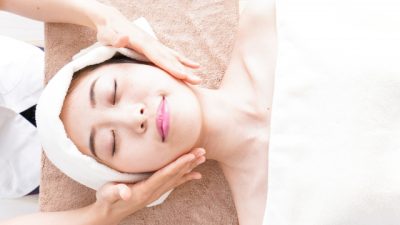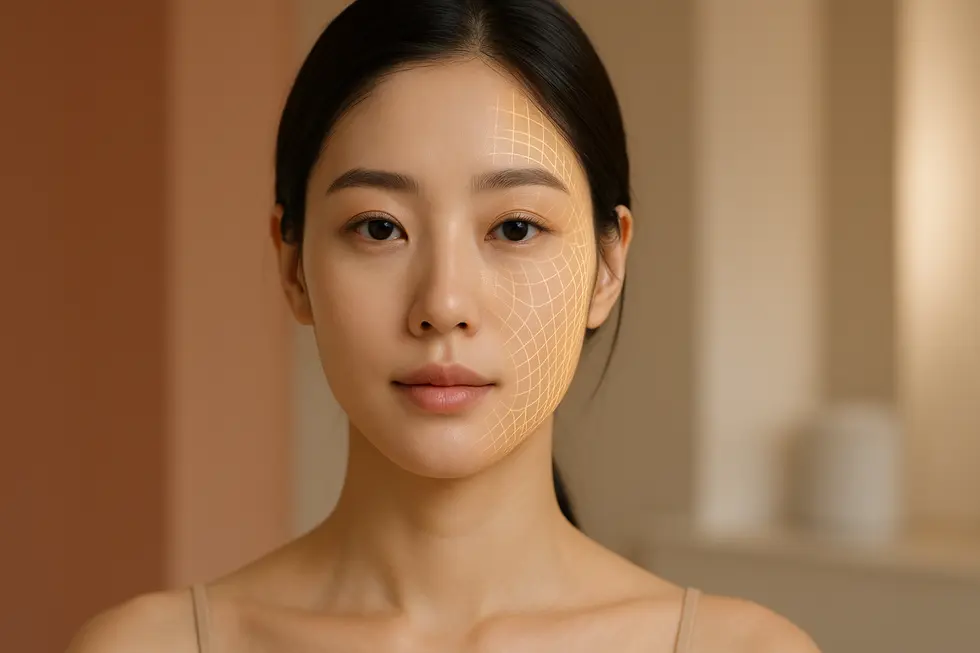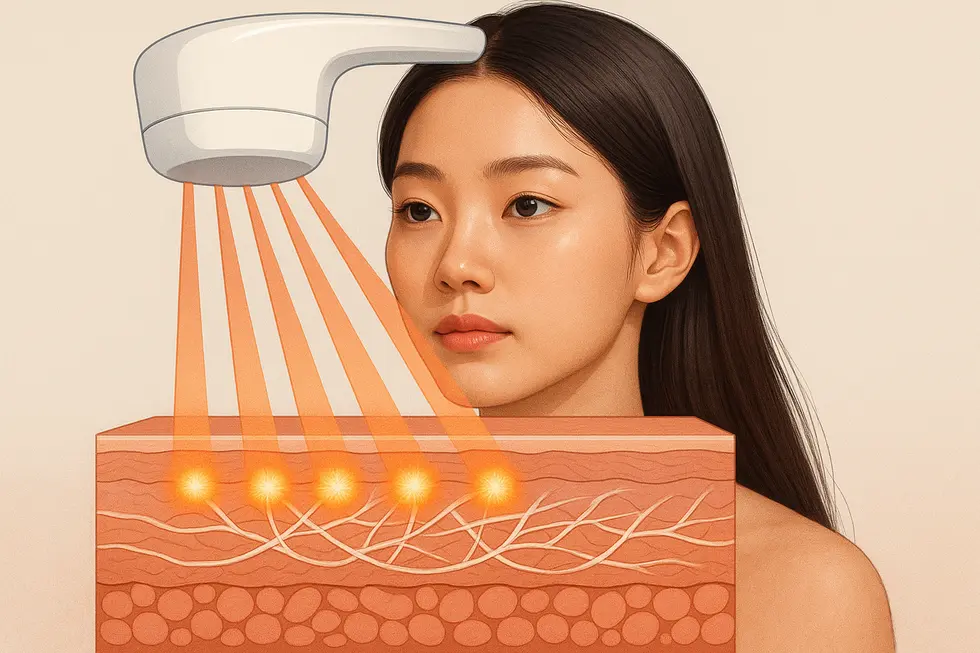
Have you ever looked in the mirror and noticed your skin isn’t quite as firm as it used to be? Maybe the jawline looks a little less defined, or the brows aren’t sitting quite as high? It’s a totally normal part of aging, and let me tell you, I’ve been there! 😊 While surgical facelifts are an option, many of us are looking for less invasive ways to address skin laxity. That’s where treatments like Liftera come in. I wanted to understand what this treatment is all about and how it promises a tighter, more lifted look, so I did some digging!
Contents
- Decoding Liftera: More Than Just a Facelift Alternative 🤔
- Seeing the Change: Liftera Effects and Durability ✨
- Is Liftera Right for You? Target Audience and Suitability 🎯
- Practical Considerations: Cost, Side Effects, and Aftercare 💰🩹🛀
- Safety First: Possible Side Effects and Precautions ⚠️
- After the Treatment: Post-Procedure Care ✨
- Frequently Asked Questions ❓
Decoding Liftera: More Than Just a Facelift Alternative 🤔
So, what exactly is Liftera? At its core, Liftera is a non-invasive skin treatment that uses High-Intensity Focused Ultrasound (HIFU) technology. Think of it as a way to target deeper layers of the skin that creams and serums just can’t reach. It’s designed specifically for facial lifting, tightening, and contouring.
The magic really happens in how it works. Liftera delivers focused ultrasound energy, which creates precise thermal energy (basically, controlled heat) at multiple depths within your skin. This includes the dermis (where collagen lives) and, significantly, the SMAS layer. What’s the SMAS layer, you ask? It’s the Superficial Musculoaponeurotic System, the same foundational tissue that surgeons tighten during a surgical facelift. Pretty cool, right?
This targeted heat creates tiny, invisible “coagulation points” deep within the tissue. Don’t worry, it sounds intense, but it’s a controlled process! These micro-injuries kickstart your body’s natural healing response. This amazing process is called neocollagenesis (making new collagen) and neoelastinogenesis (making new elastin). Collagen and elastin are like the scaffolding and elastic bands of your skin – essential for firmness and elasticity. By stimulating their production, Liftera helps your skin rebuild and tighten from within.
Some Liftera devices use a unique pen-type applicator. This allows practitioners to treat curved and delicate areas of the face, like around the eyes or lips, with greater precision compared to traditional HIFU methods.
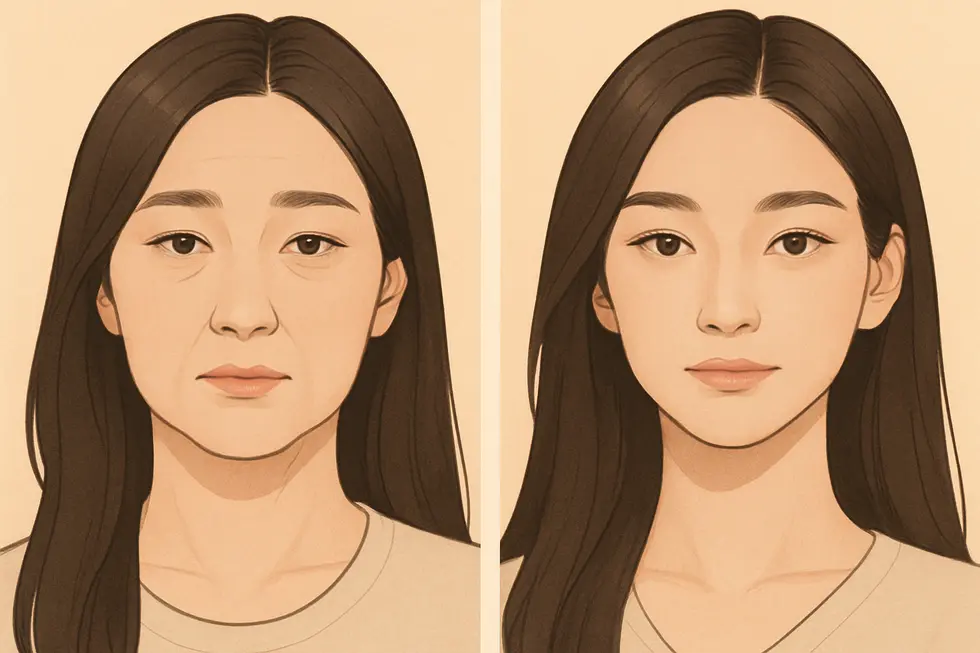
Seeing the Change: Liftera Effects and Durability ✨
Okay, so we know how it works, but what kind of results can you actually expect? Patients typically see gradual improvements. We’re talking about a lifted appearance, particularly around the brows, jowls, and neck. You might also notice a more defined facial contour and jawline, which is something many people are aiming for!
Fine lines and wrinkles can also show reduction as the skin becomes tighter and more elastic. Some people report a subtle tightening effect almost immediately after the treatment due to initial tissue contraction, but the real, visible results aren’t instant. They develop over the next 2-3 months as your body diligently produces that new collagen and elastin we talked about. So, patience is key!
How long do these results last? This is where it varies a bit. Outcomes can range from around 6 months to over a year. It really depends on individual factors like your skin condition before the treatment, your age, lifestyle (smoking, sun exposure, diet all play a role!), and potentially the number of treatment sessions you have. Some clinics might recommend follow-up sessions to maintain the benefits.
Is Liftera Right for You? Target Audience and Suitability 🎯
So, who is the ideal candidate for Liftera? Generally, it’s best suited for individuals in their 30s to 60s who have mild to moderate skin laxity. If you’re starting to see some sagging but aren’t ready for or interested in surgery, Liftera could be a good option.
It works well for various skin types and tones, which is great! People with good basic skin elasticity tend to see the most significant improvements. Liftera is often chosen by those looking to get ahead of the aging process (preventative anti-aging!), improve skin texture, tackle early signs of jowling, or create a more sculpted, V-shaped facial contour.
It’s important to understand that Liftera is NOT a substitute for a surgical facelift if you have severe skin sagging. It provides a noticeable lift and tightening for mild to moderate issues, but surgical options are needed for more advanced laxity.
Ultimately, the best way to know if you’re a suitable candidate is to have a thorough consultation with a qualified medical professional. They can assess your skin, discuss your goals, and determine if Liftera is the right path for you or if another treatment might be better suited.
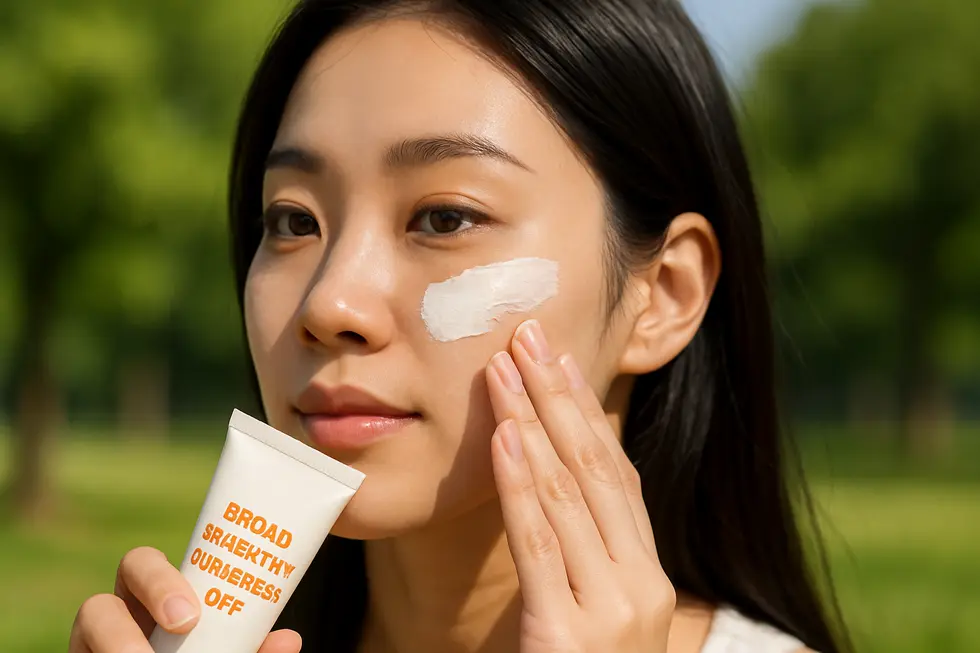
Practical Considerations: Cost, Side Effects, and Aftercare 💰🩹🛀
Let’s talk about the practicalities, starting with cost. The price of Liftera can vary quite a bit! Factors influencing the cost include the size of the area you’re treating (full face, lower face, neck, or maybe just a small area like the brows), the number of “shots” or “lines” of ultrasound energy delivered (this varies depending on the area and desired intensity), the location of the clinic (prices differ significantly geographically), the experience and reputation of the practitioner, and whether you need one session or a package of multiple sessions.
Regarding specific prices from that Korean website you mentioned, https://www.yeoshin.co.kr/en/search/category?q=Liftera, I can’t actually browse it in real-time to give you exact numbers in KRW. Prices there would be specific to clinics in South Korea. If you’re in that region, checking the site directly or contacting clinics there would be necessary. Generally speaking, for HIFU treatments like Liftera, a single session for a full face could range from several hundred to a few thousand US dollars (or equivalent) in other parts of the world. Always get a personalized quote during your consultation!
📝 Example: Cost Factors
- Treatment Area Size: Full Face > Lower Face > Neck > Brow Lift
- Number of Shots: Higher number for more comprehensive treatment means higher cost.
- Clinic Location: Prices vary by city, country, and clinic type (medspa vs. dermatologist office).
- Practitioner Expertise: Highly experienced practitioners may charge more.
- Packages: Buying multiple sessions often costs less per session than a single treatment.
Safety First: Possible Side Effects and Precautions ⚠️
One of the big appeals of Liftera is that it’s considered very safe with minimal downtime. Most side effects are mild and disappear quickly. You might see some redness or flushing right after treatment, but that usually goes away within a few hours. Mild swelling is also possible and might stick around for a few days.
It’s common to feel some tenderness or soreness when you touch the treated area; this can last anywhere from a few days to a couple of weeks. Some people also feel a tingling or slight prickling sensation during or shortly after the procedure. Less commonly, you might experience temporary bruising or numbness in small, localized spots, which typically resolves on its own.
Rare risks can occur, often if the device is used improperly. These include temporary nerve inflammation (causing localized muscle weakness) or minor burns. Always ensure your treatment is performed by a trained and qualified medical professional in a reputable clinic.
There are also some precautions. Liftera isn’t suitable if you are pregnant or breastfeeding, have active skin infections, open wounds, or cystic acne in the area being treated. If you have metallic implants like pacemakers or dental implants directly under the treatment zone, you might not be a candidate either. A thorough consultation is non-negotiable to ensure your safety and suitability.
After the Treatment: Post-Procedure Care ✨
Good news here! Post-procedure care for Liftera is generally super simple. There’s typically no significant downtime, so most people can get right back to their normal activities immediately.
You can continue your regular, mild skincare routine. Just avoid harsh exfoliants or products with irritating ingredients for a few days to let your skin settle. The absolute most crucial thing? Sun protection! Apply a broad-spectrum sunscreen daily. Protecting your skin from UV damage is key to maintaining the results of *any* skin treatment, including Liftera.
Staying hydrated and generally maintaining a healthy lifestyle will also support your skin’s health and can help prolong those lovely lifting and tightening effects. Some practitioners might recommend specific soothing or healing products or suggest booking maintenance sessions, maybe annually or biannually, to keep the collagen stimulation going and sustain the benefits over time.
Liftera Key Takeaways
Frequently Asked Questions ❓
I hope this deep dive into Liftera has been helpful if you’re considering this treatment! It really offers a promising non-surgical option for tackling those early to moderate signs of aging and getting back some of that youthful firmness. Remember, the best first step is always a consultation with a qualified professional to discuss your individual needs and goals. If you have any more questions, feel free to ask in the comments below! 😊


